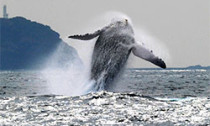
Popular with whale watchers and divers, the Kerama Islands and surrounding waters in Okinawa Prefecture were designated a national park on March 5, the first such selection since Kushiro Marsh in Hokkaido in 1987. The designation of Japan’s 31st national park, straddling Zamami and Tokashiki villages, was announced in a government gazette.
The 30 islands and reefs of various sizes, lying 40 kilometers west of the prefectural capital, Naha, are well known as a breeding ground for whales. Many humpback whales migrate to the tropical waters near the Kerama Islands for mating between December and April every year.
The number of humpbacks confirmed in the waters rose from 26 in 1992 to 269 in 2012, thanks in part to efforts to protect the sea mammals by a whale watching association establish...
Read More


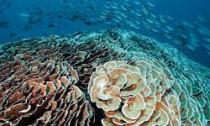
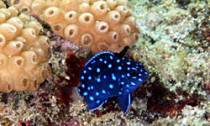
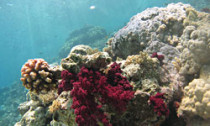
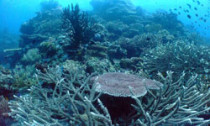
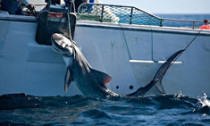
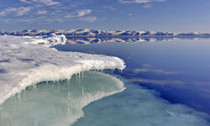


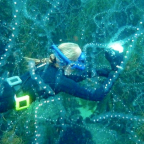

Social Profiles